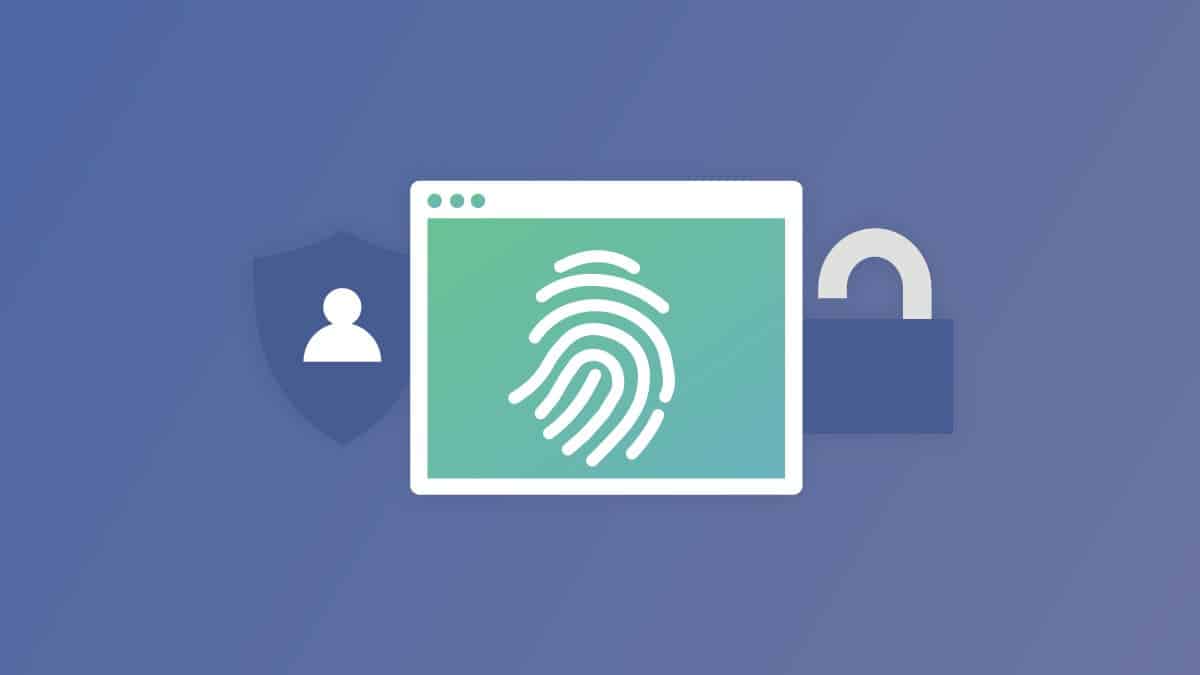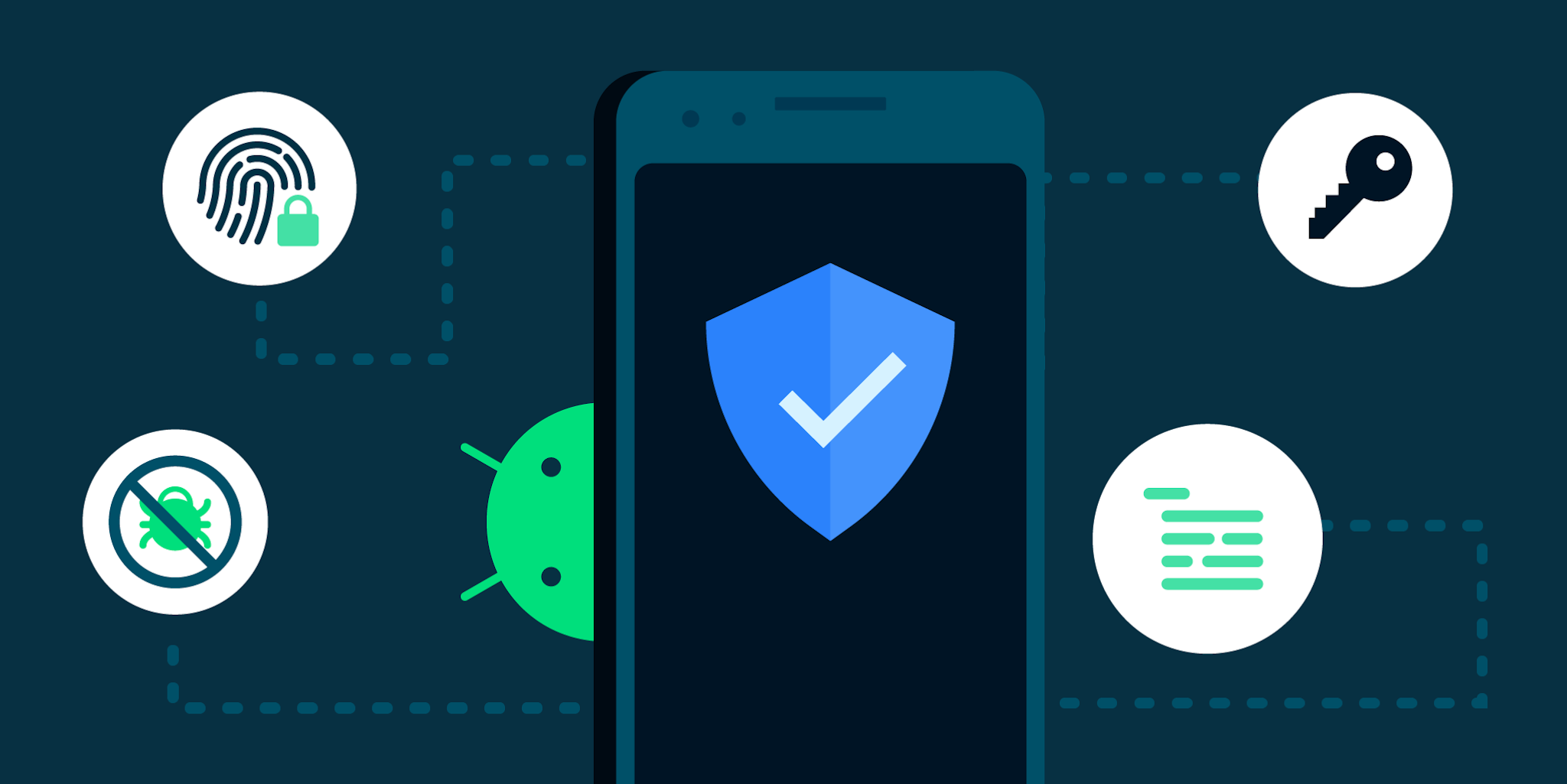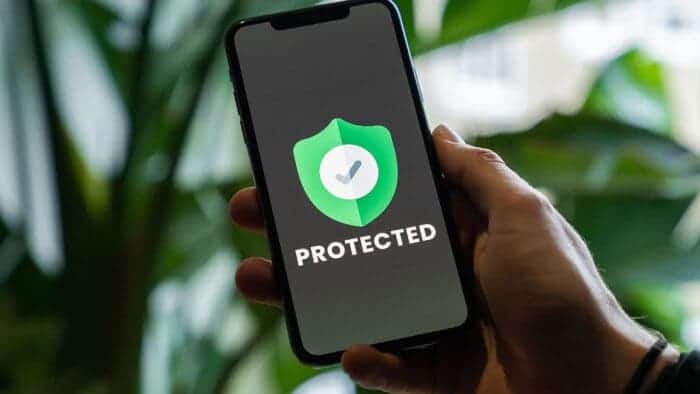In the digital age, our smartphones have become an extension of ourselves, storing a wealth of personal and sensitive information. From financial data to personal conversations, our smartphones house a treasure trove of data that requires vigilant protection. As technology advances, so do the threats that seek to compromise our digital security. This article delves into essential security practices to fortify your smartphone against potential threats, covering aspects such as strong passwords, app permissions, malware protection, and the importance of two-factor authentication (2FA).
Safeguarding Your Smartphone’s Digital Life: A Comprehensive Guide to Security Practices

Strong Passwords: The First Line of Defense
Your smartphone is only as secure as the password guarding it. A strong password is the first line of defense against unauthorized access. Avoid easily guessable passwords like “123456” or “password.” Instead, create complex combinations of letters, numbers, and symbols. Consider using a passphrase, combining words and numbers that are meaningful to you but challenging for others to guess.
Additionally, refrain from using the same password across multiple accounts. If one account is compromised, having unique passwords for each service ensures that the damage is contained. Password management tools, such as LastPass or 1Password, can help generate and store complex passwords securely.
App Permissions: Limiting Access to Essential Functions
Applications often request permissions to access various features of your smartphone. While some permissions are necessary for an app to function, others may be intrusive and compromise your privacy. Take the time to review and understand the permissions requested by each app before granting access.
For example, does a photo-editing app need access to your contacts? Probably not. Be selective and grant permissions only to the essential functions an app requires. Regularly audit your app permissions in your smartphone’s settings to ensure that no unnecessary access points are left open.
Malware Protection: Guarding Against Digital Threats
Smartphones are not immune to malware, and the consequences of an infection can be severe. Install a reputable antivirus or anti-malware application on your device to provide an extra layer of defense against malicious software. Keep the security software updated to ensure it can detect and mitigate the latest threats.
Exercise caution when downloading apps, especially from third-party app stores. Stick to official app stores like Google Play Store or Apple App Store, as they have stringent security measures in place to screen apps for potential threats. Avoid sideloading apps from unofficial sources, as this can expose your device to a higher risk of malware.
Regularly update your smartphone’s operating system and applications to patch vulnerabilities that could be exploited by malware. Developers release updates to address security flaws and enhance overall system stability, making regular updates crucial to maintaining a secure digital environment.
Two-Factor Authentication (2FA): Adding an Extra Layer of Security
Two-factor authentication (2FA) is a powerful tool for enhancing the security of your smartphone. In addition to your password, 2FA requires an additional verification step, such as a temporary code sent to your registered email or a text message to your phone. Even if a malicious actor obtains your password, they would still need the second factor to gain access.
Enable 2FA for all accounts that support it, including email, social media, and financial apps. Most popular online services provide 2FA options in their security settings. Authentication apps like Google Authenticator or Authy offer a more secure alternative to SMS-based 2FA, as SMS messages can be intercepted.
Backup and Recovery: Safeguarding Against Data Loss
In the event of a security breach or device failure, having a comprehensive backup and recovery plan is crucial. Regularly back up your smartphone’s data to a secure and encrypted cloud service or an external storage device. This ensures that even if your device is compromised, your important data remains accessible.
Familiarize yourself with the backup and recovery features provided by your smartphone’s operating system. Both iOS and Android offer robust backup options that include app data, settings, and multimedia content. Set up automatic backups to ensure that your data is consistently protected without manual intervention.
Educating Yourself: A Constant Vigilance
Staying informed about the latest security threats and best practices is a proactive approach to smartphone security. Subscribe to security blogs, follow reputable cybersecurity experts on social media, and regularly check for updates from your smartphone’s manufacturer. Awareness is the first step in mitigating risks and adapting your security practices to evolving threats.
Phishing Awareness: Recognizing Deceptive Tactics
Phishing attacks remain a prevalent threat to smartphone users. Be cautious of unsolicited messages, emails, or links, especially those that urge you to provide sensitive information. Legitimate organizations will never ask for sensitive details through unsolicited messages.
Verify the authenticity of communication by contacting the organization directly through official channels. Be skeptical of unexpected emails or messages claiming urgency or offering enticing rewards. Educate yourself on common phishing tactics, such as fake login pages or malicious attachments, to avoid falling victim to these deceptive schemes.
Protecting your smartphone’s digital life requires a multifaceted approach that encompasses strong passwords, judicious app permissions, robust malware protection, the implementation of two-factor authentication, regular backups, continuous education, and phishing awareness. By adopting these security practices, you can significantly reduce the risk of unauthorized access, data breaches, and other potential threats, ensuring a safer and more secure digital experience on your smartphone. Stay vigilant, stay informed, and empower yourself to take control of your smartphone’s digital security.
Protecting Your Smartphone’s Digital Life: Essential Security Practices

Our smartphones hold a treasure trove of personal information, making them prime targets for cyber threats. But fear not! By implementing these tips and tricks, you can fortress your digital life and keep your data safe:
Lock it Down:
- Strong Passwords: Ditch the “123456”s! Use unique, complex passwords for your phone unlock and every app. Consider a password manager to generate and store secure passwords.
- Biometric Authentication: Enable fingerprint or facial recognition for an extra layer of security. It’s convenient and more secure than traditional passwords.
- Encryption: Turn on device encryption to scramble your data if lost or stolen, making it unreadable without the decryption key.
App Savvy:
- Download Wisely: Stick to official app stores like Google Play and Apple App Store. Research app reviews and developer reputation before downloading.
- Permission Patrol: Don’t blindly grant permissions! Review what data each app requests and only allow access necessary for its core function. Regularly revisit app permissions and revoke unnecessary ones.
- Uninstall the Unused: Purge rarely used apps. They can be vulnerabilities and hog storage space.
- App Updates: Keep your apps and operating system updated regularly. These updates often contain security patches to fix vulnerabilities.
Extra Layers of Defense:
- Antivirus and Anti-Malware: Invest in a reputable mobile security app for real-time protection against malware and phishing attacks.
- Two-Factor Authentication (2FA): Enable 2FA wherever possible. This adds an extra step to login, requiring a code sent to your phone, making unauthorized access much harder.
- Find My Device: Activate “Find My iPhone” or “Find My Device” to locate your phone if lost or stolen. These features also allow remote lock and data wipe to protect your information.
Mind Your Browsing:
- Beware of Phishing: Watch out for suspicious emails, texts, or links. Don’t click on anything that seems fishy, even if it appears from a trusted source.
- Secure Wi-Fi: Avoid using public Wi-Fi for sensitive activities like banking or online shopping. Use a VPN for added security on public networks.
Privacy Settings:
- Review App Permissions: Go beyond the initial permission grant. Deep dive into individual app settings and adjust permissions for location, camera, microphone, and contacts to match your comfort level.
- Limit Social Media Sharing: Be mindful of what you share on social media. Adjust your privacy settings to control who can see your posts and profile information.
- Location Services: Disable location services for apps that don’t need it. This reduces the amount of data you share and improves battery life.
- Advertising Tracking: Opt out of personalized advertising on your phone and in individual apps. This limits the amount of data collected about your online activity.
Advanced Security:
- Secure Mobile Payment: For mobile payments, use secure platforms like Apple Pay or Google Pay that tokenize your credit card information, adding an extra layer of protection.
- Virtual Private Network (VPN): Consider using a VPN for added security and privacy, especially when using public Wi-Fi. Choose a reputable VPN provider with strong encryption protocols.
- Anti-Theft Features: Explore additional anti-theft features like remote wiping of sensitive data after a certain number of failed login attempts.
Staying Vigilant:
- Beware of Public Charging Stations: Avoid using public charging stations unless absolutely necessary. They can be used to install malware on your phone. Carry a portable power bank for when you’re on the go.
- Phishing Awareness: Train yourself to spot phishing attempts. Look for red flags like misspelled words, grammatical errors, and suspicious sender addresses.
- Regular Security Audits: Conduct periodic security audits of your phone. Review app permissions, check for software updates, and ensure all security features are active.
Remember:
- Security is an ongoing process: Don’t set these up once and forget about them. Regularly revisit your settings, update apps and software, and stay informed about new threats.
- Balance security with convenience: While strong security is essential, don’t let it completely disrupt your phone usage. Find a balance that keeps you protected without causing frustration.
Bonus Tips:
- Backup Regularly: Regularly back up your data to a secure cloud service or external device. This ensures your precious memories and important information are safe even if your phone is lost or damaged.
- Stay Informed: Keep yourself updated about the latest cyber threats and security best practices. Read security blogs and articles, and follow reputable security experts on social media.
By implementing these practices, you can significantly improve your smartphone’s security and safeguard your digital life. Remember, a proactive approach is key to keeping your data safe and secure.






Only a tiny percentage of professional hackers have the specialized hacking abilities and knowledge needed to recover lost BTC, Facebook hacking and Catching a cheating partner via a Whatsapp link. Finding a reliable hacker like HACKERWEREWOLF is preferable.
A first class hacking hacking team that can aid in the recovery of your misplaced cryptocurrency, lost Facebook account and hack your partner Whatsapp. A hacking organization that can aid in the recovery of your misplaced cryptocurrency, lost Facebook account and to help you gain access to your cheating partner Whatsapp. I lost $298k in BTC to bitcoin mining, and HACKERWEREWOLF was able to retrieve it. In my darkest hour, when my Bitcoin was lost and hope seemed but a distant memory, HACKERWEREWOLF and their extraordinary team emerged as the catalysts of change.
Their exceptional knowledge and relentless determination propelled me towards recovery, restoring my faith in the crypto world, Facebook/Whatsapp hacking.
If you find yourself lost in the depths of lost Bitcoin, facebook and Whatsapp hacking, let HACKERWEREWOLF’s team guide you towards the light of redemption.
Facebook page:Hackerwerewolf
Email:hackerwerewolf637@gmail.com
Whatsapp:+4917617861530